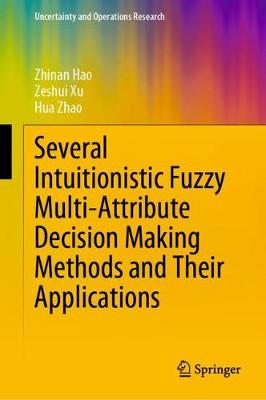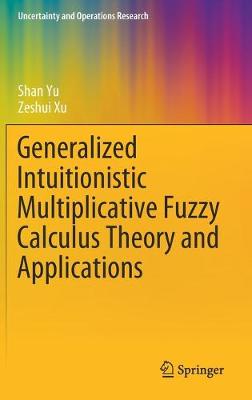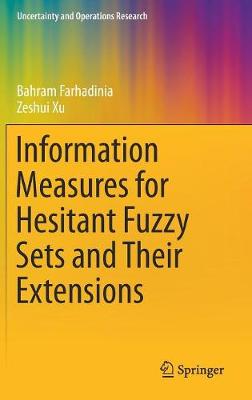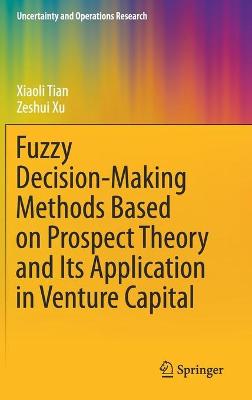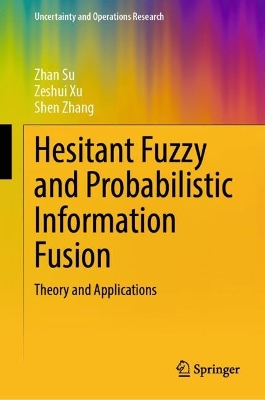Uncertainty and Operations Research
7 total works
Several Intuitionistic Fuzzy Multi-Attribute Decision Making Methods and Their Applications
by Zhinan Hao, Zeshui Xu, and Hua Zhao
Generalized Intuitionistic Multiplicative Fuzzy Calculus Theory and Applications
by Shan Yu and Zeshui Xu
Hesitant Fuzzy Decision Making Methodologies and Applications
by Huchang Liao and Zeshui Xu
Information Measures for Hesitant Fuzzy Sets and Their Extensions
by Bahram Farhadinia and Zeshui Xu
Fuzzy Decision-Making Methods Based on Prospect Theory and Its Application in Venture Capital
by Xiaoli Tian and Zeshui Xu
This book gives a thorough and systematic introduction to the latest research results about fuzzy decision-making method based on prospect theory. It includes eight chapters: Introduction, Intuitionistic fuzzy MADM based on prospect theory, QUALIFLEX based on prospect theory with probabilistic linguistic information, Group PROMETHEE based on prospect theory with hesitant fuzzy linguistic information, Prospect consensus with probabilistic hesitant fuzzy preference information, Improved TODIM based on prospect theory and the improved TODIM with probabilistic hesitant fuzzy information, etc. This book is suitable for the researchers in the fields of fuzzy mathematics, operations research, behavioral science, management science and engineering, etc. It is also useful as a textbook for postgraduate and senior-year undergraduate students of the relevant professional institutions of higher learning.
This book mainly introduces some techniques of decision-making, uncertain reasoning and regression analysis under the hesitant fuzzy environment and expands the applications of hesitant fuzzy sets in solving practical problems. The book pursues three major objectives: (1) to introduce some techniques about decision-making, uncertain reasoning and regression analysis under the hesitant fuzzy environment, (2) to prove these techniques theoretically and (3) to apply the involved techniques to practical problems. The book is especially valuable for readers to understand how hesitant fuzzy set could be employed in decision-making, uncertain reasoning and regression analysis and motivates researchers to expand more application fields of hesitant fuzzy set.
Hesitant Fuzzy and Probabilistic Information Fusion
by Zhan Su, Zeshui Xu, and Shen Zhang
This book introduces the current research progress on hesitant fuzzy decision-making based on probability theory and methods. From the perspectives of theory expansion, information fusion, and information mining, it explores novel perspectives, ideas, and techniques for addressing hesitant fuzzy uncertain decision-making problems and demonstrates them through practical applications and case studies. It aims to provide a reference for researchers, practitioners, and graduate students in the fields of decision analysis, fuzzy theory, and information fusion.
